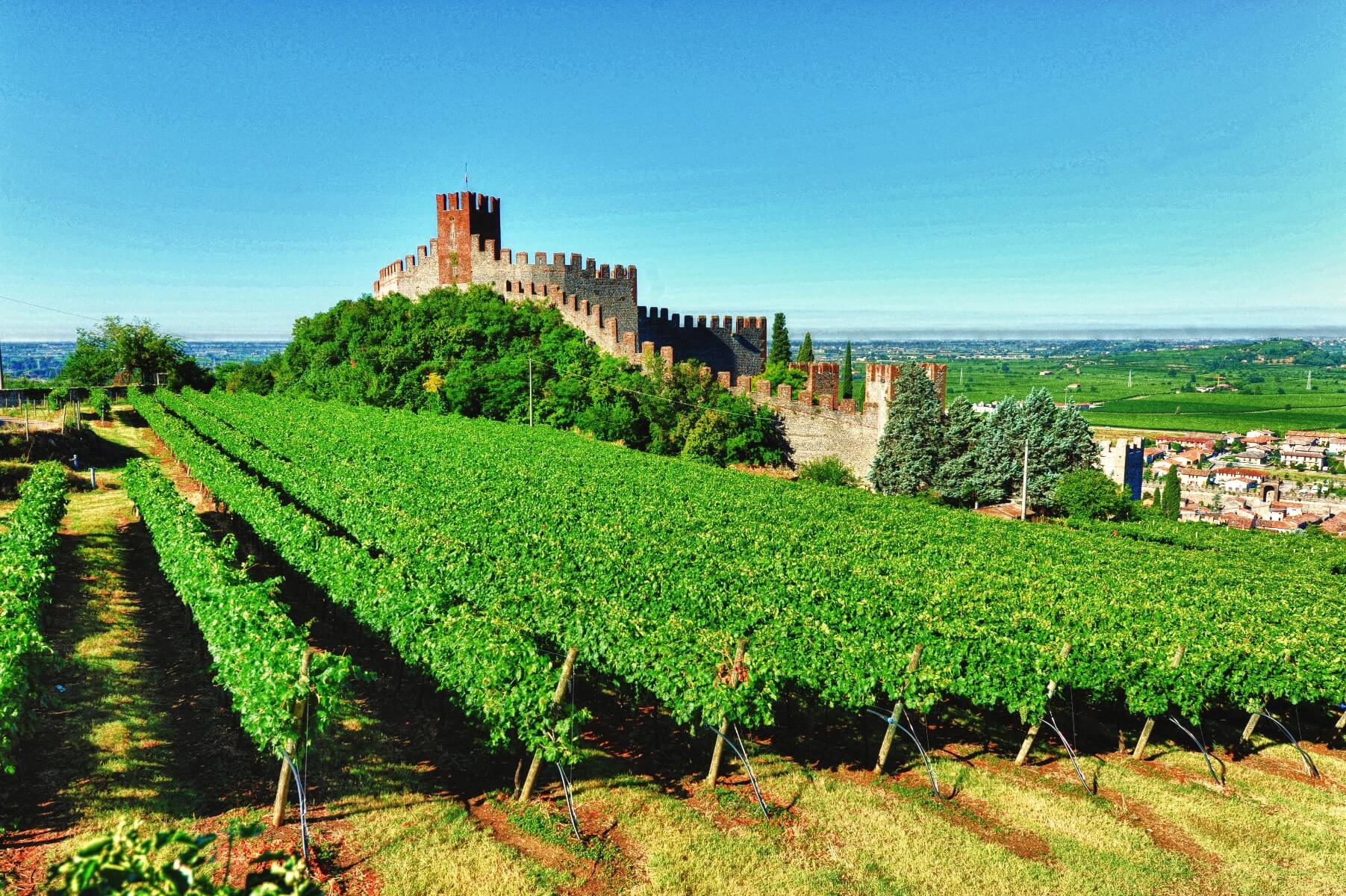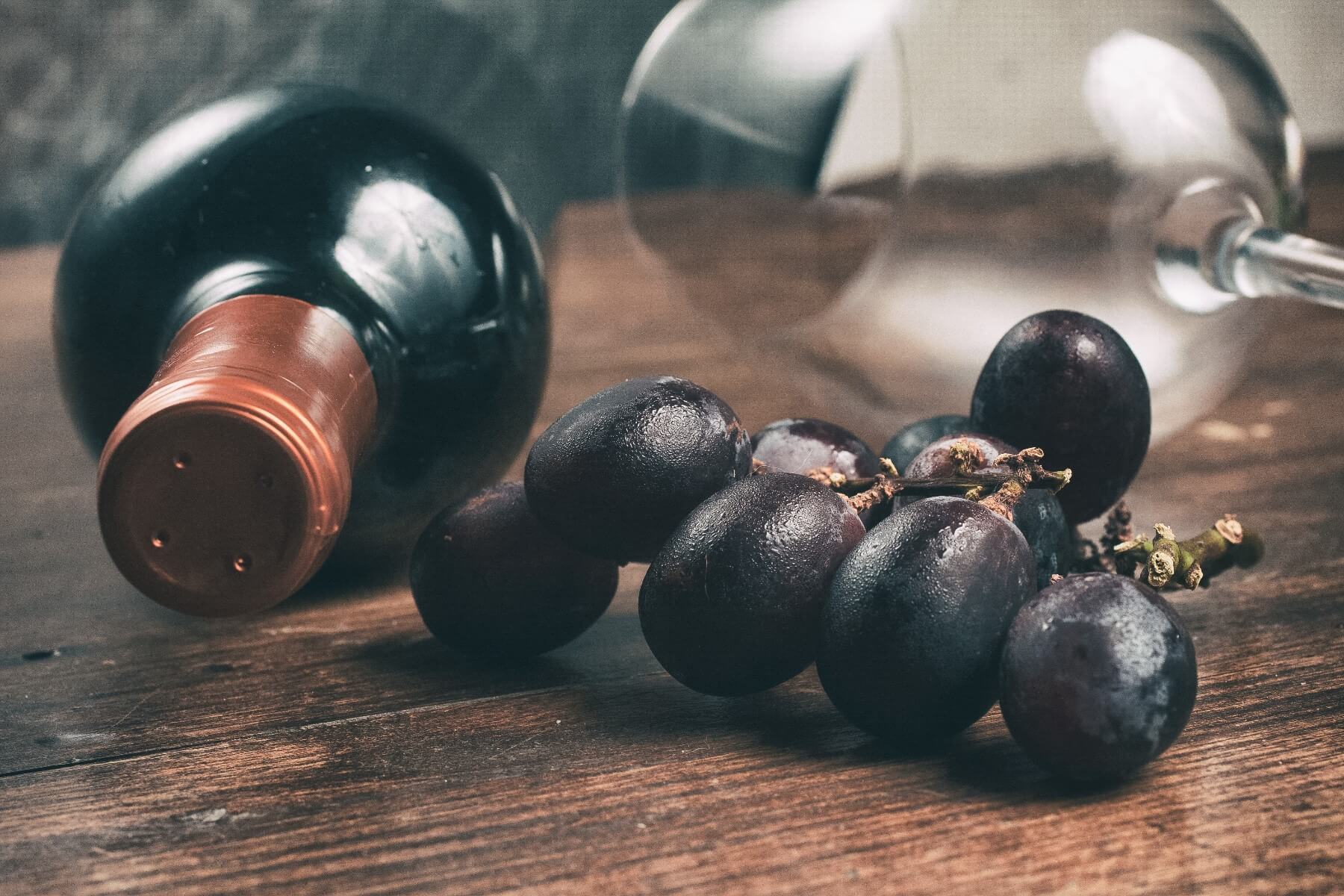

Pinot Noir is renowned as one of the most difficult grape varieties to grow. It tends to suffer in changeable weather and is susceptible to all kinds of disease, making its production a risky endeavor.
Pinot Noir is renowned as one of the most difficult grape varieties to grow. It tends to suffer in changeable weather and is susceptible to all kinds of disease, making its production a risky endeavour.
So why do winemakers all over the world put in the effort to produce this grape? For one main reason... it produces some seriously great tasting wines that manages to be at once elegant, yet approachable ...a little like you perhaps?
It’s name comes from two French words - Pinot, which means ‘pine’, and refers to the pine cone shaped bunches the grapes hang in, and noir, meaning ‘black’ and referring to the colour of the fruit.
Associated with cooler climates, where it can achieve the balance and soft, rounded fruitiness it is famed for, Pinot Noir is one of the more flexible grape varietals, capable of being made into excellent red, rosé and sparkling wines of superb character and flavour.
There are even white wines made with this black-skinned grape, such as the beautiful Blanc des Noirs Champagnes, which use Pinot Noir juice which hasn’t had contact with the pigments in the skins.
But let's cut to the chase, here are some lesser known facts about Pinot Noir, with which to impress your friends next time you’re at the wine shop.
1. Great wine from obscure regions
Pinot Noir is primarily associated with Burgundy in France, where it is used to create some of the most famous labels found anywhere on earth.
However, some of the best Pinot Noir wines I’ve ever drunk come from some less famous wine regions - Germany is actually the third biggest producer of Pinot Noir wines in the world, where it is called Spatburgunder, and the examples from Pfalz are absolutely gorgeous. Romania, too, makes some amazingly silky Pinot Noirs - check them out next time you’re looking for something a little different.

2. All the Pinots
Pinot Gris / Grigio, Pinot Blanc and Pinot Noir all have similar names, due to the pine cone shaped bunches the vines produced, but did you know they’re essentially all the same grape? Recent DNA studies into grape varietals have revealed that they’re all slight mutations of the same species, so if you like one, you’ll probably like the others, too.
3. A truly ancient varietal
Most of the grapes we know and love today are actually relatively recent examples of the fruit, created by cross breeding varietals to produce particular characteristics. For example, Cabernet Sauvignon - the key grape in some of the finest and most established appellations on earth - has a history which only stretches back three hundred years.
Pinot Noir, on the other hand, was definitely around in more or less the same form it is today as far back as Pre-Roman Europe. The Romans found it in France two thousand years ago, and spread it around their empire, planting it in various outposts because they recognised it produced some of the best wines available.

4. Pinot Noir and Chardonnay - best of friends
From Burgundy in France to Australia’s Yarra Valley, and from California to South Africa, you’ll notice that wherever you find Pinot Noir, you’ll usually find Chardonnay too.
This isn’t a coincidence - it’s due to the fact that the Chardonnay grape is one of those cross breeds I just mentioned, made from Pinot Noir and an almost extinct varietal called Gouais Blanc (a grape which was enormously popular in the medieval times, apparently).
As such, both Pinot Noir and Chardonnay vines prefer identical soil types and climatic conditions, and grow together very happily.

5. Not just a soft and light touch
If Pinot Noir grapes are renowned for their softness and lack of tannin, then how come some wineries produce bottles which can be cellared for ten years or more? Tannins are a vital component to the ageing process in fine red wine, as it is these chemical compounds with slowly break down over time to reveal the rounded complexity collectors go crazy for.
The fact is that Pinot Noir can actually contain a great deal of tannins, but only if the vintners use a clever technique called whole cluster fermentation. This involves making wine with every part of the bunch of grapes - including the stems and seeds. The stems particularly contain plenty of tannin, which then goes into the wine and adds to its astringency and ageability.

Now that you have got to know Pinot Noir on a more intimate level, it's time to meet your wine matches! Explore new wines by taking our wine palate quiz below and we'll match you with wines that suit your personal taste!
Next up: Take our Wine Palate Quiz and match your personal tastes to your top three wine types
Do you know your wine personality? If your answer is no, take our quiz to find out which wines to pick up next and build your box!
Build my box






